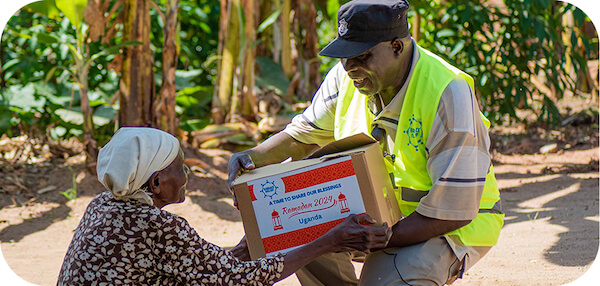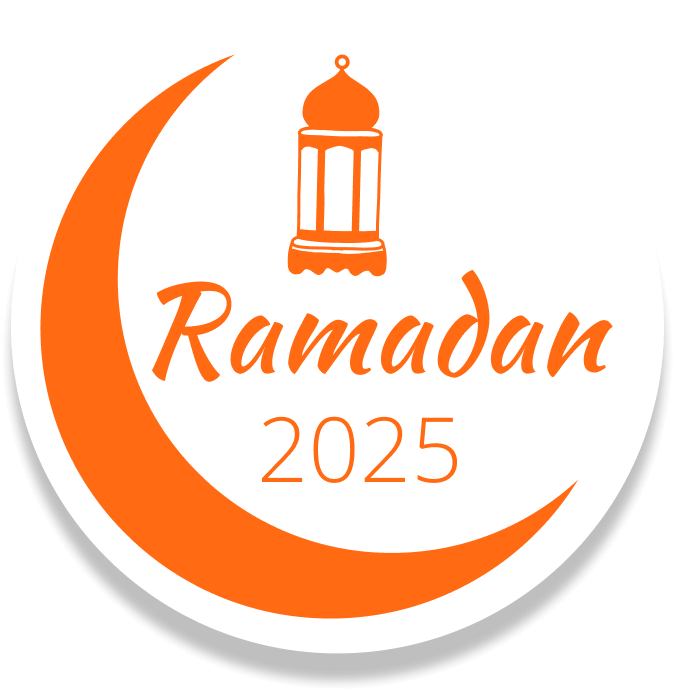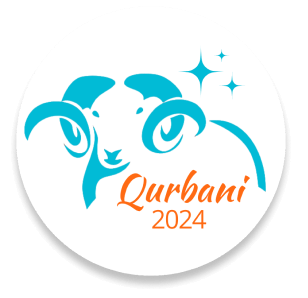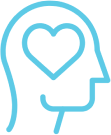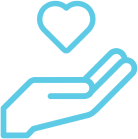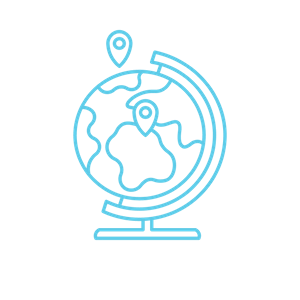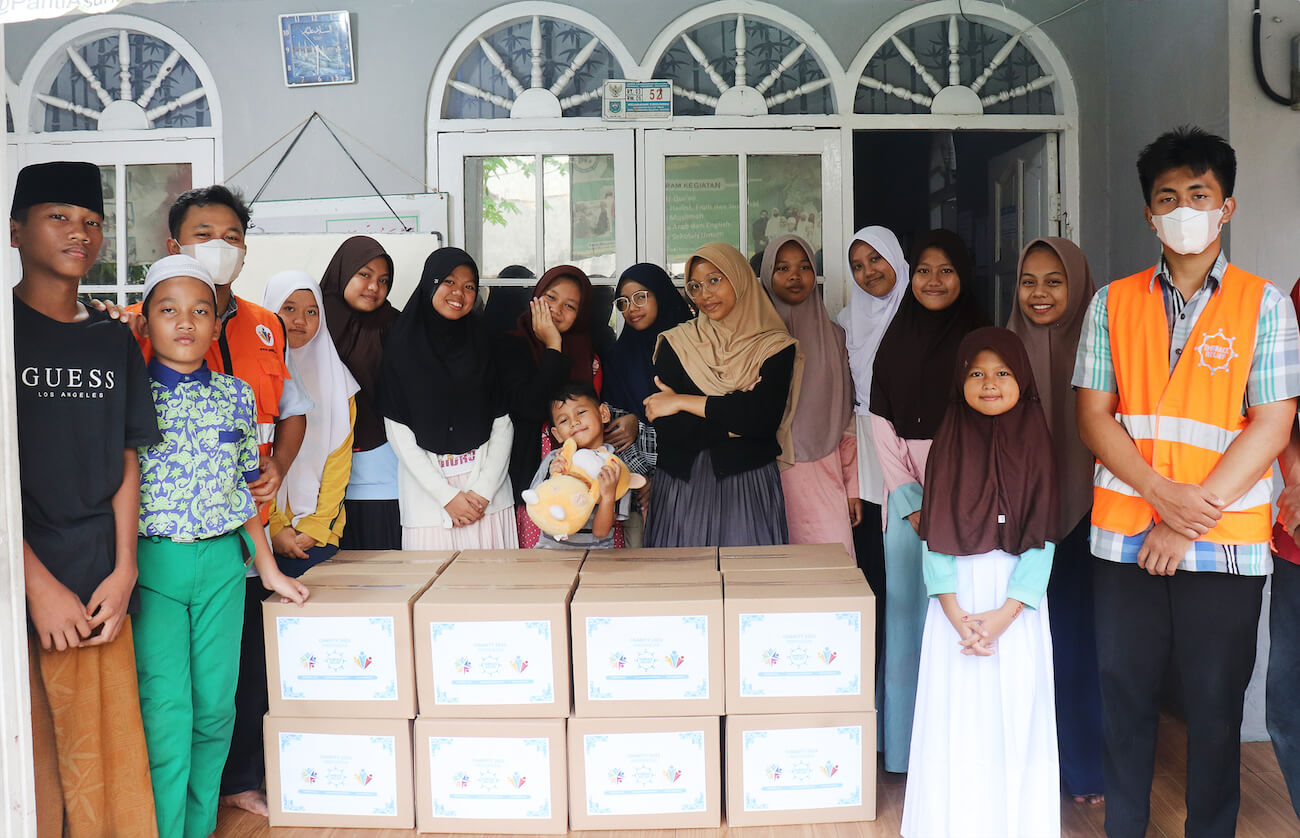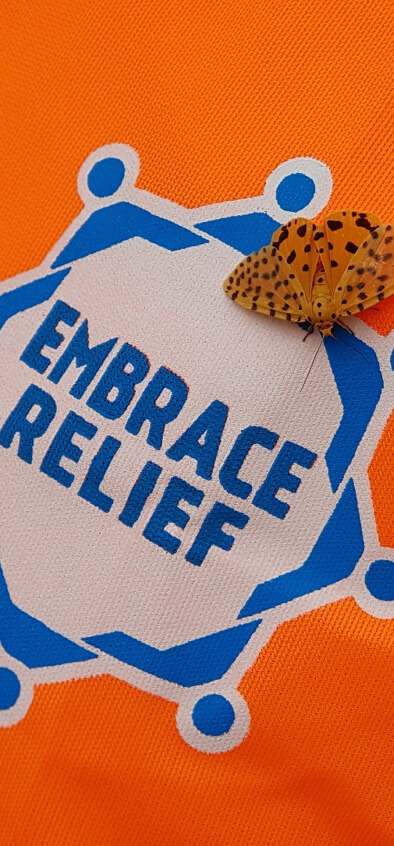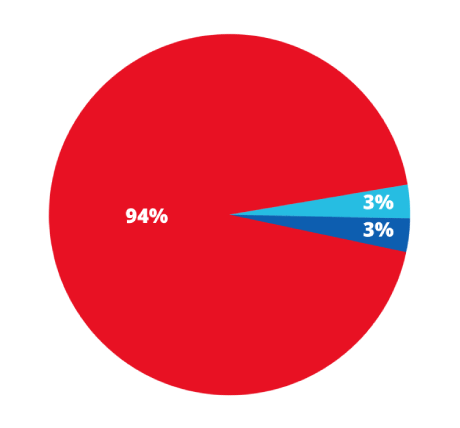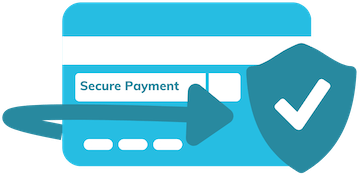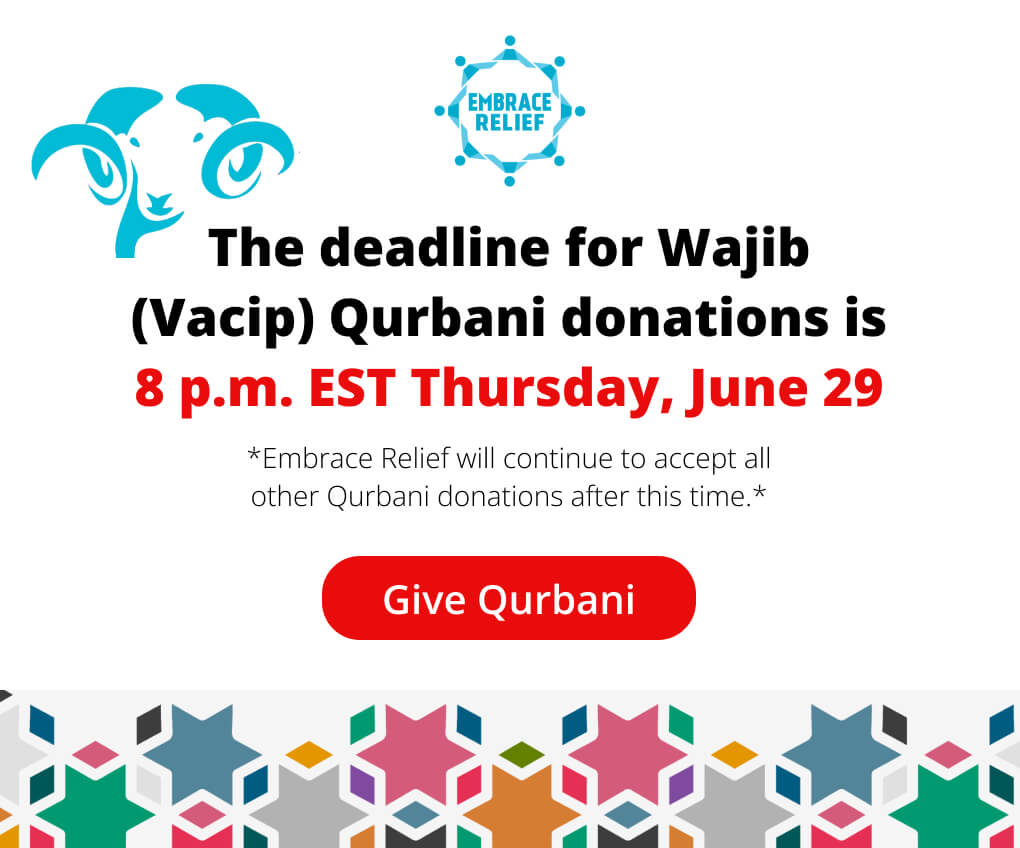Eid is a time of celebration, reflection, and gratitude. But most importantly, it is a time of giving back. One of the core obligations of Eid is Zakat, a form of charity that ensures that the less fortunate can also experience the joy of the holiday. Whether it’s Zakat al-Fitr, given before Eid ul-Fitr, or Zakat al-Mal, a yearly donation on accumulated wealth, giving during Eid is one of the most impactful ways to help those in need.
While many families gather for feasts and celebrations, millions of others struggle to afford basic necessities. Embrace Relief works to ensure that underprivileged families receive food, clothing, and essential aid during Eid through Zakat-supported programs.
What is Zakat and Why is it Important During Eid?
Zakat is one of the Five Pillars of Islam, requiring Muslims to donate a portion of their wealth to those in need. It serves as a way to purify wealth, uplift struggling families, and create a more just and compassionate society.
There are two main types of Zakat observed during Eid:
1. Zakat al-Fitr (Mandatory Before Eid ul-Fitr)
- What it is: A small amount of charity that must be given before the Eid prayer at the end of Ramadan.
- Who gives it: Every Muslim who has the financial means must pay it on behalf of themselves and their dependents.
- Who benefits: The poor, needy, and those who cannot afford food to celebrate Eid.
2. Zakat al-Mal (Annual Charity on Wealth)
- What it is: A required donation of 2.5% of accumulated wealth, including savings, investments, and assets, for those who meet the nisab (minimum wealth threshold).
- Who gives it: Muslims who have wealth above the nisab for one lunar year.
- Who benefits: Orphans, widows, refugees, those struggling with poverty, and others in need.
Zakat is not just about giving money—it is about ensuring that everyone can celebrate Eid with dignity.
How Zakat Helps Families During Eid
Zakat allows struggling families to:
- Afford Food for Eid – Many cannot afford even a basic meal. Zakat al-Fitr provides essential food supplies so that everyone can enjoy Eid.
- Buy Clothing and Essentials – Children and families who lack basic resources can receive clothing, shoes, and hygiene products.
- Pay for Medical Expenses – Zakat supports healthcare and medical aid for those in need.
- Provide Education and Support for Orphans – Many orphans rely on Zakat donations for their food, education, and well-being.
How Much is Zakat al-Fitr in 2025?
The amount of Zakat al-Fitr is based on the cost of staple foods (such as wheat, rice, or dates) and varies by region. It is generally estimated at $10 to $15 per person, but it is important to check with local Islamic organizations for the exact amount in 2025.

Who is Eligible to Receive Zakat?
Islamic guidelines specify that Zakat must be distributed to:
- The poor – Those who struggle to afford daily meals.
- The needy – Those in financial hardship but do not ask for help.
- Zakat administrators – Those who distribute Zakat to the rightful recipients.
- New Muslims and those struggling in faith – To strengthen their faith and community support.
- Those in debt – Individuals burdened with debts they cannot repay.
- Stranded travelers – Those in urgent need far from home.
- Orphans and widows – Those who have lost family support.
- Those fighting for justice – Those defending Islam and struggling for humanitarian rights.
How Embrace Relief Uses Your Zakat to Help Those in Need
Embrace Relief ensures that 100% of Zakat donations go directly to those in need, supporting essential programs such as:
- Food Aid – Distributing food packs to families struggling with hunger during Eid.
- Orphan Sponsorship – Providing food, education, and care for children without families.
- Clean Water Projects – Building wells and improving access to safe drinking water.
- Healthcare Support – Providing medical aid and life-saving treatments for the less fortunate.
By donating Zakat through Embrace Relief, you can be confident that your contribution directly benefits those who need it most.
How to Calculate and Pay Zakat in 2025
1. Use a Zakat Calculator
Zakat should be calculated based on 2.5% of your savings and eligible assets. Many Islamic organizations offer online Zakat calculators to help determine how much you owe.
2. Give Zakat Online or Through a Trusted Charity
Embrace Relief provides an easy and secure way to pay Zakat, ensuring that it is distributed properly to those in need.
3. Pay Zakat Before Eid Prayer
For Zakat al-Fitr, it must be given before the Eid prayer so that recipients can use it in time for their Eid celebrations.
The Difference Between Zakat and Sadaqah
While both Zakat and Sadaqah are acts of charity, they serve different purposes:
|
Feature |
Zakat |
Sadaqah |
|
Obligatory? |
Yes, for eligible Muslims |
No, voluntary giving |
|
When to Give? |
Once a year (Zakat al-Mal), or before Eid (Zakat al-Fitr) |
Anytime |
|
Who Receives It? |
Must go to specific eligible groups |
Can go to anyone in need |
|
Purpose |
To purify wealth and support the less fortunate |
To give extra charity and kindness |
While Zakat is a required duty, Sadaqah is an additional act of generosity, and both are highly rewarded in Islam.
Final Thoughts: Make Eid More Meaningful Through Giving
Eid is a time of gratitude and generosity. As we celebrate with family and friends, it’s important to remember those who are struggling. Giving Zakat is not just an obligation—it’s an opportunity to uplift others and bring joy to those in need.
By donating to Embrace Relief, you can ensure that your Zakat reaches those who need it most, helping families afford food, clothing, and essential aid during this blessed time.
Make your Zakat count this Eid. Donate through Embrace Relief today and help change lives.
Donate For Ramadan 2025
Embrace Relief aims to provide 100,000 people with nutritious food during our International Hunger Relief: Ramadan 2025 campaign.
